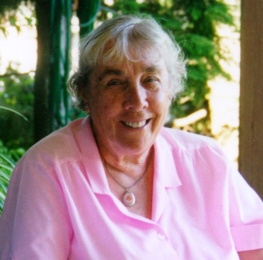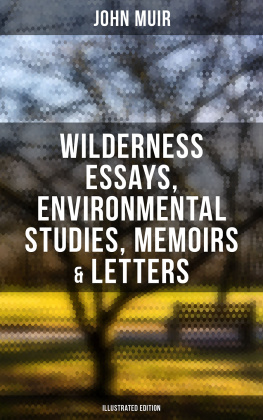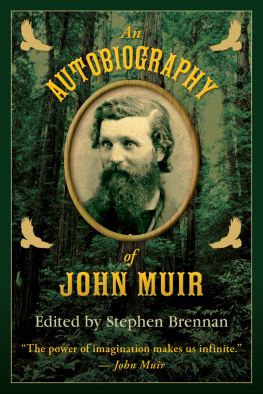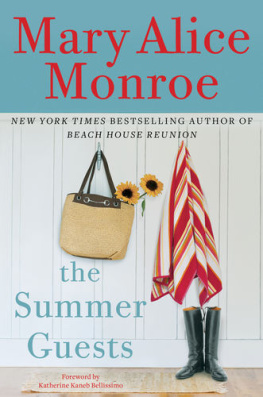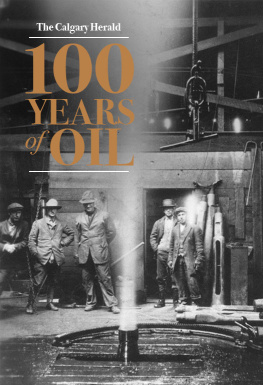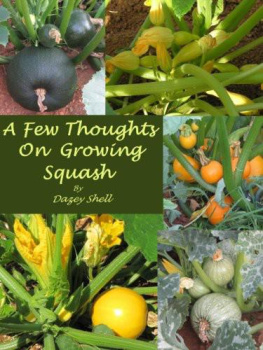
Summer Sun & Winter Wind
Growing up in Calgary in the 1920s and 30s
Gladys Muir
Copyright
Summer Sun & Winter Wind:
Growing up in Calgary in the 1920s and 30s
By Gladys Muir
Copyright 1994 by Gladys Muir
Digital edition copyright 2019 by Gladys Muir Books
Printed in Canada
First Printing, 1994
All rights reserved. This material is protected by law and may not be reproduced in any form without the permission of the publisher.
ISBN: 978-1-9991942-2-2 (EPUB Edition, July 2019)
www.facebook.com/GladysMuirBooks
(Version 02.08.2019 07:25)
Table of Contents
Acknowledgements
Thanks to two of my nephews, Steve Marshall in Calgary, Alberta, and Ben Staring in Shanty Bay, Ontario, for their help in organizing the old photographs, and to Frank, my husband, for the art work on the sketches. Also to all the friends who demanded this third book.
Dedication
To the memory of my parents, who provided us with a secure and happy family life together.
How dear to my heart are the scenes of my childhood,
When fond recollection presents them to view!
Samuel Woodworth, 1843
Chapter 1
On the 17th of January 1916, in the darkness of a 40-degree-below-zero Alberta night, my father found himself aboard one of the few street cars still operating at that hour. He was on his way to fetch the buxom midwife who had been alerted to come and assist my mother in the birth of her fifth child. He descended from the car at the corner of the street where the midwife lived and walked a block to her house. At the sound of his knock, the door opened immediately to reveal the midwife, hatted and coated thickly against the cold, a large valise on the floor beside her. Father hefted the bulky container and escorted the midwife back to the street corner and on to the next clanging street car returning towards his home.
With the midwife ahead of him making for a seat on the moving vehicle, father proceeded to drag her heavy valise along, seeking a place to sit also. Suddenly the latch on the valise gave way, and it sprang open. Out tumbled a variety of articles, not the least conspicuous of which was a very large corset, complete with whale bone supports at the sides and dangling garters.
My conservative English father had seen a few female garments, having sired three daughters already, but they were not usually displayed in the middle of a public conveyance. Fortunately, the small number of night passengers were too sleepy or mellow from imbibing spirits to take much notice. The midwife, a practical soul, knelt down and gathered all together inside the valise, snapped it shut, handed it back to my father, and calmly returned to her seat.
I was born in the master bedroom, while my two second- and third-eldest sisters were at Sunday school. When they returned, they had a new baby sistera complete surprise. The house where I entered this world was in the east end of Calgary, near the fourth street east bridge, the nearest land marks being the Catholic church part way up the hill to the north and the Methodist church a block to the south. We seemed to have a number of German neighbours, from whom my mother learned a phrase in some rather strange dialect, which came out, Gehst ta hame, Spurring! She delighted in trying it out on us when she wanted us home in a hurry! The area was called Bridgeland.
My mother had lost an infant sixth months after its birth before she had me. As it was the one and only son she produced, the loss was very great. She was to lose one more, two weeks after her birth. This was a girl, born next in line after me. My oldest sister had been born in England and travelled with my mother to join father in Calgary when she was three years old. They crossed Canada by train in a colonist car. The car had slat seats that pulled together at night so people could stretch out to sleep, using their own bed rolls as mattress and covering. Every so often, through the wilds of eastern Canada, the train would stop and the passengers would be requested to disembark, to cut and gather fire wood for the cook stoves situated at the end of each car.
Upon arrival in Calgary, my mother was introduced to the sixteen-room house situated two miles back from the edge of North Hill, which comprised the northern boundary of the city. From this house my father commuted to work at the Natural Resources office of the Canadian Pacific Railway, located on Ninth Avenue East in Calgary. His mode of transportation was on foot or horse and buggy.
Most of the rooms in the house were used as storage for the owner, while my mother tried to keep the lower three or four rooms warm enough to endure the freezing temperatures of that extremely cold Alberta winter. She shed many a tear of frustration and loneliness the first year away from the familiar surroundings of her London home. The house later became an isolation hospital and eventually was torn down, while the city limits, housing developments, airfield, etc. marched relentlessly many miles to the north of that once lonely prairie home.
Nights on the prairie could be impenetrably dark. When my father returned from work in the fall evenings when cattle were still grazing outdoors prior to the really cold weather, he was in imminent danger of stepping on or stumbling over a reclining bovine creature lying in his path. Horses often took shelter from violent storms by huddling together on the wide front verandah of the house, making a terrific clatter with their hooves in the middle of the night. One very dark night a mysterious knocking sounded at the front door. Upon opening it my father beheld a black man with skin as dark as the night around him, inquiring for the way to the Edmonton Trail.
By the time I arrived, the family was already ensconced in the much smaller house in Bridgeland. My memory does not extend to that house, but when we moved to a home on Sunnyside Boulevard, by the Bow River, during my third year on this planet, it must have been a traumatic enough experience to have imprinted itself fairly clearly on my mind because I do recall walking in through the metal gate and up the steps of the verandah for the first time. After that third year, memories become more vivid.
I recall particularly the west-facing windows in the kitchen, with the sun pouring through the geranium plants on the window sill, illuminating the treadle sewing machine at which my mother pumped steadily, turning out beautifully finished garments for all of us. The house was so quiet and peaceful, with the rest of the family at school or at work. I felt the privilege of the two of us being alone in the soft, sun-filled atmosphere, sharing chatter and the occasional cups of teacambric for me, with hot water, milk and sugar only.
One of my greatest lessons in social consciousness was learned on one of those days when we were alone together. I was standing on a chair, being fitted for a new garment my mother was making for me. My oldest sister had gone away for a visit to Vancouver and, while there, had contracted a rather severe case of rheumatic fever, which resulted in her having to be hospitalized. My father made the trip to Vancouver to be with her, leaving Mum and the rest of us to carry on in Calgary.
As Mum fitted and pinned, I suddenly came to the realization that all these circumstances had been weighing very heavily on my young mind, and that I was really worried. My practical nature usually compelled me to do something immediately to remedy anything that went awry, such as applying medication or a bandage to a cut or sore. Here was something beyond my power to make better. The thought occurred to me then that the best thing to do was quit worrying, and forget it, as I couldnt do anything anyway.
Next page
